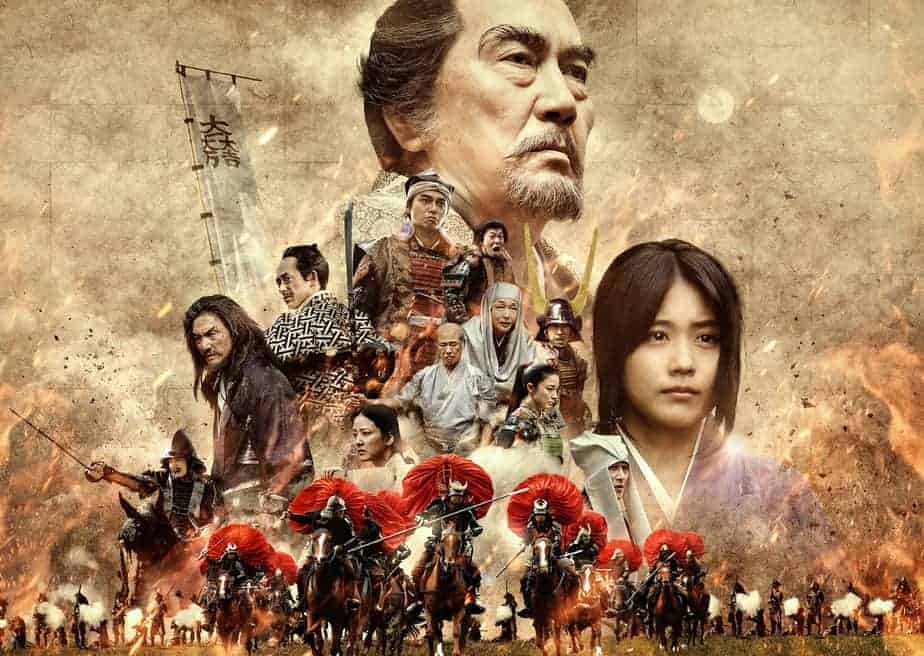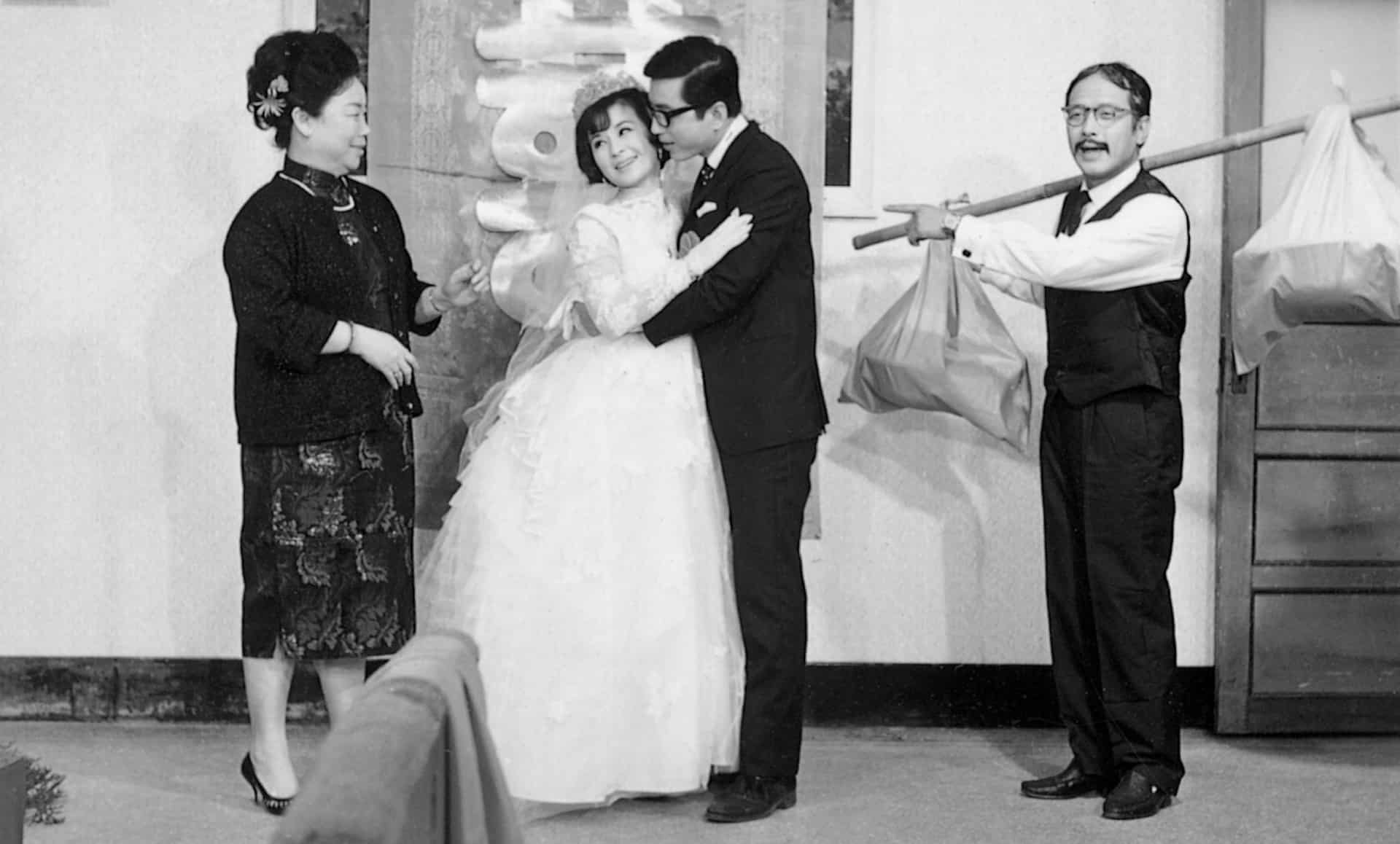“The Murders of Oiso” is the result of a collaborative work of AFA 2015 alumni, Takuya Misawa, Fei Pang Wong and Cyrus Tang, with the first acting as the director.
“The Murders of Oiso” is screening at Osaka Asian Film Festival

The story takes place in a town and revolves around four young men, Shun, Tomoki, Kazuya, and Eita, who have been friends since their school years and now work together for the construction company run by Kazuya's family, at least when they are not acting like a gang or playing cards in a garage. Their lives are relatively calm, although Kazuya seems to hold significant power over the rest of them, and particularly Eita, whose time spent with his girlfriend is a continuous point of friction with the aforementioned. Things become complicated when Kazuya's uncle, who was also their teacher and a man who always helped them, is found dead. Secrets start to come out, most of all that the uncle was remarried to a young woman who wants a share in the company now. The boys soon realize that the company also dealt with some shady business that they have to take care of now, while Kazuya's attitude brings even more tension, as his personal situation is also revealed.
Takuya Misawa tried to present a different indie film that takes place in a small town, by injecting it with noir aesthetics and by implementing a different approach to both the atmosphere and the narrative, than the plethora of films with similar basis. The second part is the most interesting, particularly because Misawa's approach to the events that happen is to imply them instead of showing them (with the sound playing a key role here) and instead, of showing their consequences, although again in not very obvious fashion. This approach is the main element of a sense of disorientation that dominates the atmosphere of the film, which occasionally appears oneiric, with a sequence close to the end of the movie adding to this sense, as much as the narration of a female character that is heard throughout.

The cinematography also adds to this essence, with the grays and the darkness that dominate the images matching both the events and the psychology of the characters. At times, however, I felt that this approach went a bit too far, resulting in a film that is very hard to fully understand what is going on, and most of all, why. At the same time, the comments about the issues of living in a small city, bullying, growing up, family-lack of parenting and corporate practices are somehow lost, at least partially, not to mention that they are too many for a film of 79 minutes.
On the other hand, the presentation of the dynamics of the friendship of the youths is quite good, (to tell the truth, even the fact they all smoke works quite well) with the role Kazuya plays being somewhere among the fatherly figure, the boss and the bully. The fact that the rest mostly react to his actions works quite well for the movie, as much as the attitude of his shady “henchman”, the one inhabiting the garage who is always eager to do his bid without him even asking. Kazuya's behaviour is somewhat explained by the situation in his home; the fact remains, though, that his character looks more like a “godfather” than anything else. Yusaku Mori (who looks much like a Japanese version of Paul Dano) is great in the role, managing to emit a sense of danger from every pore, just through his eyes and his body stance. Shugo Nagashima as Eita provides the second most memorable performance, with his fear for Kazuya exhibited in the most eloquent fashion.

The editing follows the rules of the Japanese indie, with the pace of the film being relatively slow, although the cuts, in general, also implement the sense of disorientation, both through their timing, and through the presentation of different timelines, which, again, are not very clear. On the other hand, the film is stripped of any unnecessary scenes (one of the blights of modern Japanese cinema) and its duration works quite well for its narrative.
Overall, I felt that Misawa, in his effort to stand out, messed up the narrative a bit since his approach was somewhat too ambitious. However, “The Murders of Oiso” is an intriguing production and there is much artistry to be found here, while I feel that no fan of Japanese indie will be disappointed when watching this movie.















